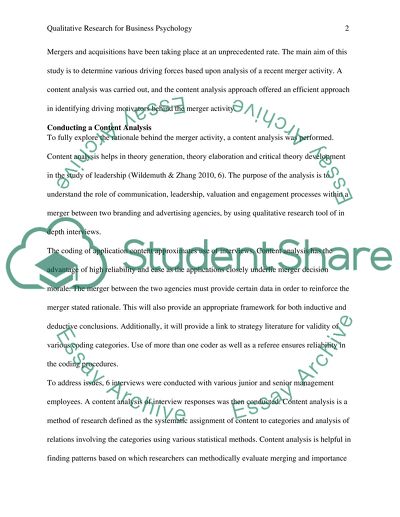Cite this document
(“Qualitative Research for Business PSychology Essay”, n.d.)
Qualitative Research for Business PSychology Essay. Retrieved from https://studentshare.org/psychology/1477820-qualitative-research-for-business-psychology
Qualitative Research for Business PSychology Essay. Retrieved from https://studentshare.org/psychology/1477820-qualitative-research-for-business-psychology
(Qualitative Research for Business PSychology Essay)
Qualitative Research for Business PSychology Essay. https://studentshare.org/psychology/1477820-qualitative-research-for-business-psychology.
Qualitative Research for Business PSychology Essay. https://studentshare.org/psychology/1477820-qualitative-research-for-business-psychology.
“Qualitative Research for Business PSychology Essay”, n.d. https://studentshare.org/psychology/1477820-qualitative-research-for-business-psychology.


